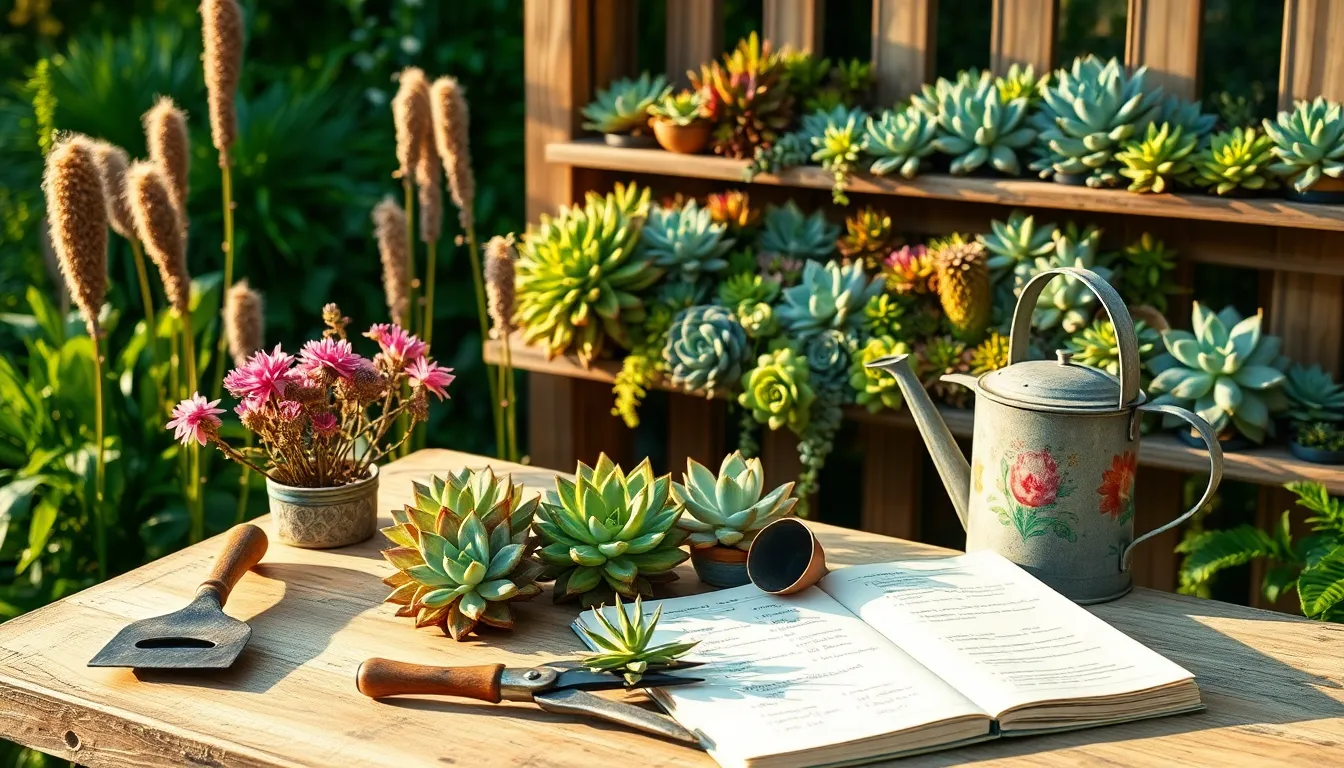Gardening should be a joy, not a chore, and choosing the right plants can make all the difference. Whether you’re a novice dipping your toes into the soil for the first time or a seasoned gardener looking to simplify your routine, selecting low-maintenance plants can transform your garden into a lush, thriving haven with minimal fuss. Here, we explore the essential tools that will guide you in picking these easy-care beauties, ensuring your garden flourishes with less effort and more enjoyment.
Understanding which plants require minimal attention is crucial for maintaining a vibrant garden without dedicating endless hours to upkeep. In this article, we’ll arm you with the knowledge and tools needed to identify low-maintenance plants, empowering you to create a garden that suits your lifestyle. From learning how to assess your garden’s unique environment to discovering the most resilient plant varieties, you’ll gain practical insights that make gardening an accessible and rewarding pursuit for everyone.
As you embark on this journey, you’ll find that the right tools are just as vital as the plants themselves. We’ll delve into the must-have gardening implements that simplify the process of selecting and caring for low-maintenance plants, allowing you to enjoy the fruits—or flowers—of your labor with ease. With these tips and tools, you’ll be well on your way to cultivating a serene and sustainable garden that grows with you, season after season.
Understanding Low Maintenance Plant Needs
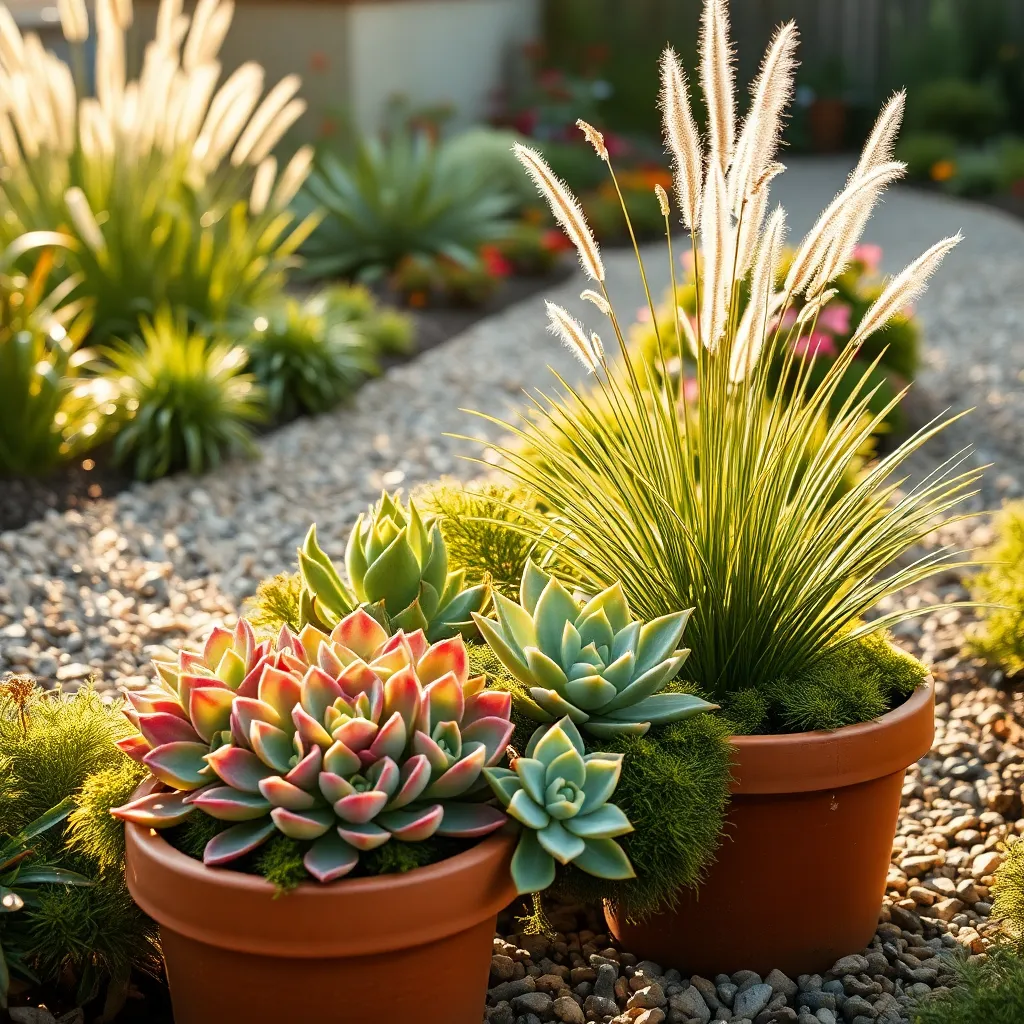
Choosing low maintenance plants requires a good understanding of their basic needs. These plants typically thrive with minimal intervention, making them ideal for busy or novice gardeners.
First, consider the soil requirements of low maintenance plants. Many of these plants, such as succulents and cacti, prefer well-draining soil to prevent root rot, so a cactus mix or a combination of sand and potting soil is often ideal.
Watering is another critical aspect of low maintenance plant care. Most of these plants are drought-tolerant, so allow the soil to dry out between waterings to avoid overwatering, which can lead to fungal diseases.
In terms of light, research the specific needs of each plant. While many low maintenance plants prefer bright, indirect light, some, like snake plants, can tolerate lower light conditions, making them versatile for various indoor settings.
To ensure successful growth, pay attention to the climate adaptability of your chosen plants. Native plants are often a good choice as they are naturally adapted to local conditions, requiring less care and thriving with the natural rainfall and temperature fluctuations of the area.
Top Tools for Easy Gardening
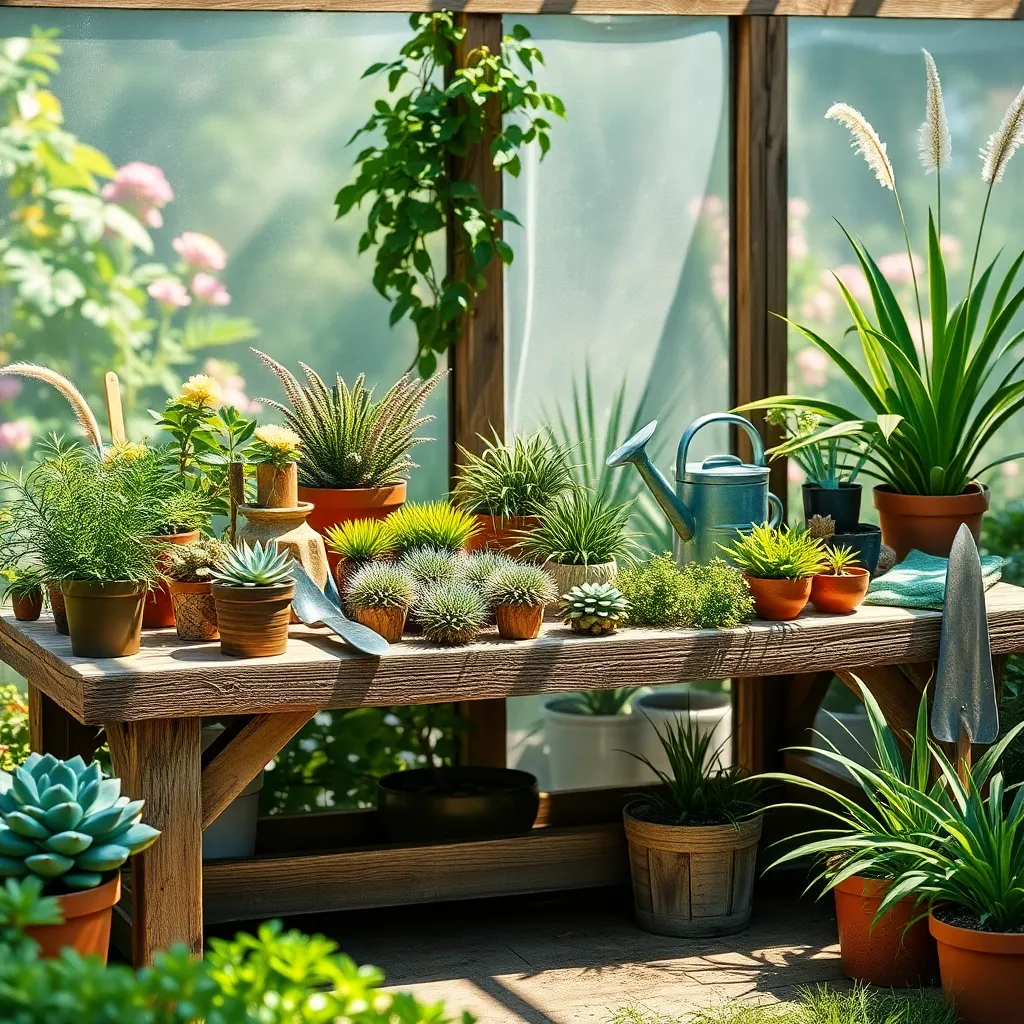
To make gardening a breeze, equipping yourself with the right tools is essential. High-quality tools not only save time but also enhance the gardening experience by reducing effort and strain.
Start with a sturdy pair of pruning shears to keep your plants tidy and healthy. These are perfect for trimming dead or overgrown branches, promoting new growth, and maintaining plant shape.
A watering can with a long spout is a must-have for directing water precisely to the base of your plants. This helps to avoid wetting the foliage, which can lead to fungal diseases—especially important for low maintenance plants that prefer dry leaves.
Investing in a hand trowel simplifies planting and transplanting tasks. Choose one with a comfortable grip and robust blade to make digging in various soil types easier and more efficient.
Adding a garden hoe to your toolkit aids in weeding and cultivating soil with minimal effort. This tool is particularly useful in larger garden beds and helps aerate the soil, improving root penetration and plant health.
For advanced gardeners, a soil tester can be invaluable in monitoring pH and nutrient levels. Understanding your soil’s condition allows you to tailor your plant care routine, ensuring optimal growth and resilience.
Finally, consider a garden kneeler or pad to protect your knees and back during prolonged gardening sessions. This simple addition can significantly enhance your comfort, allowing you to enjoy your gardening experience even more.
Choosing Durable Gardening Equipment
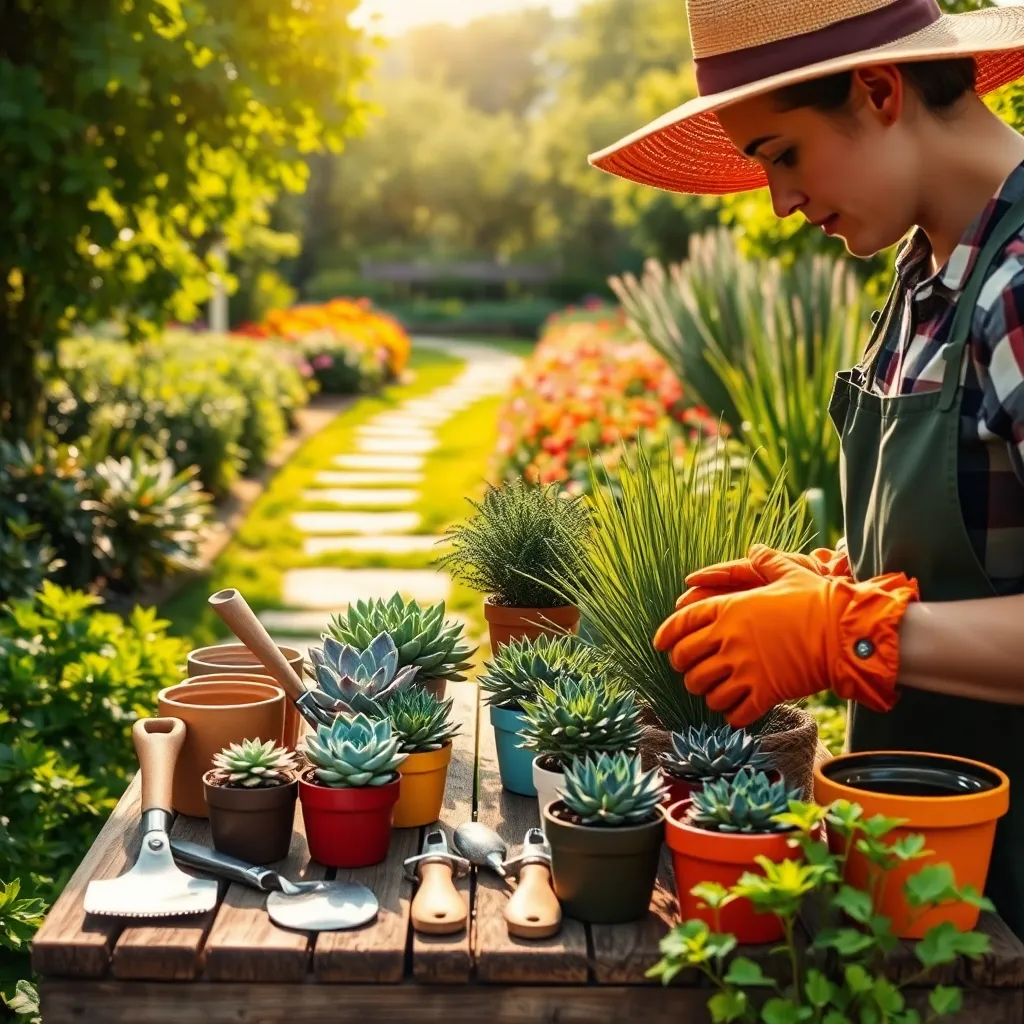
When selecting durable gardening equipment, consider investing in tools made from stainless steel or high-carbon steel. These materials are resistant to rust and corrosion, ensuring they last through multiple gardening seasons.
Opt for tools with ergonomic handles to reduce strain during prolonged use. Look for equipment with non-slip grips, which can be particularly beneficial when working in damp conditions.
It’s crucial to regularly maintain your tools to extend their lifespan. After each use, clean your tools with a wire brush or cloth, and occasionally apply a light coat of oil to prevent rusting.
For beginners, a basic set of durable tools might include a hand trowel, pruners, and a garden fork. Experienced gardeners may want to consider additional specialized tools, such as a hori-hori knife or a soil scoop for more specific tasks.
Efficient Tools for Plant Selection
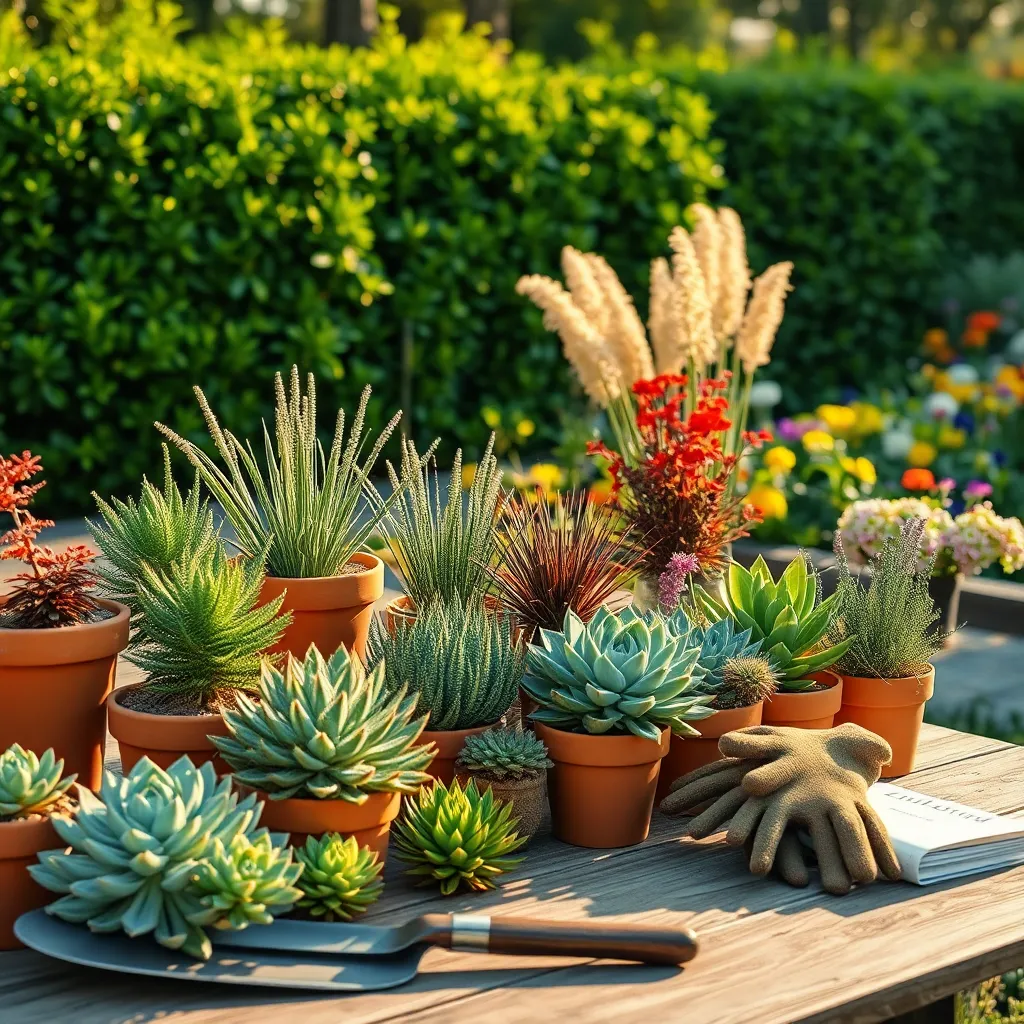
When selecting low maintenance plants, it’s crucial to consider your local climate and soil conditions. Understanding these factors will help you choose plants that naturally thrive in your environment, reducing the need for constant care.
Start by analyzing the sunlight exposure in your garden, as different plants have varying light requirements. For instance, succulents and cacti prefer full sun, while ferns and hostas thrive in shady areas.
Another consideration is the type of soil in your garden, which can impact plant health and growth. For well-draining sandy soils, opt for drought-tolerant plants like lavender or rosemary, while clay soils may suit moisture-loving plants like daylilies or sedges.
Consider the water requirements of potential plant choices to ensure they align with your available resources and time. Generally, native plants are excellent low-maintenance options as they are adapted to local watering conditions, minimizing the need for frequent irrigation.
For those looking for advanced tips, consider incorporating a mixed planting strategy to enhance resilience against pests and diseases. Interplanting herbs like basil or thyme with vegetables can naturally deter pests, allowing you to maintain a healthy garden ecosystem with minimal effort.
Maintaining Your Garden with Ease
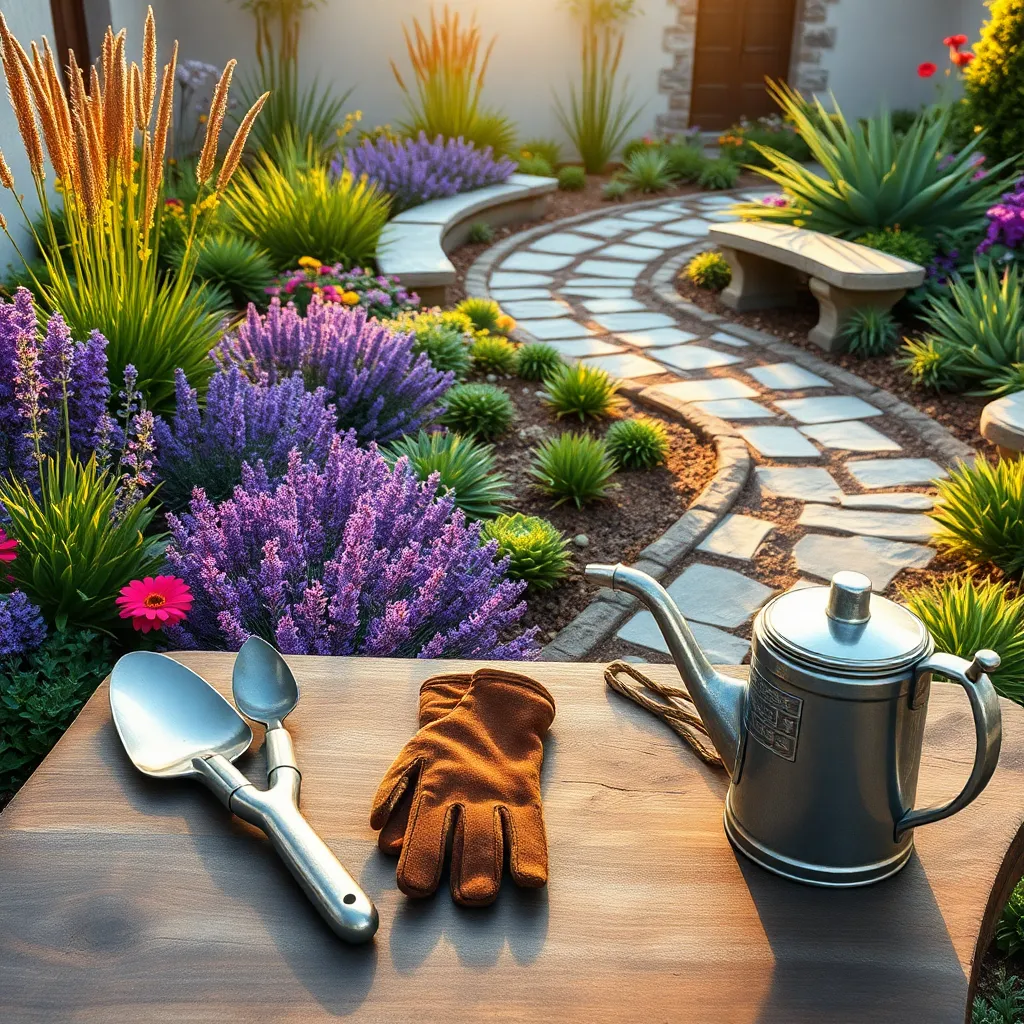
Maintaining a garden with ease starts with understanding your plants’ needs. Opt for low maintenance plants that thrive in your local climate and soil type, which minimizes the need for constant supervision and care.
To keep your garden flourishing, focus on the soil. Use a well-draining soil mix that suits the specific requirements of your chosen plants, such as sandy soil for succulents or rich compost for perennials.
Regular watering is essential, but it’s important to get it right. Water deeply but infrequently to encourage deep root growth, and consider installing a drip irrigation system to automate the process for consistent results.
Mulching is a powerful tool for any gardener looking to reduce workload. Apply a layer of organic mulch around your plants to retain moisture, suppress weeds, and improve soil quality over time.
For ongoing plant health, practice simple pruning techniques. Trim dead or diseased branches regularly to promote healthy growth and maintain the desired shape of your plants without excessive effort.
Advanced gardeners may want to implement a fertilization schedule. Choose a slow-release fertilizer to provide consistent nutrients over time, ensuring your plants remain vibrant with less frequent applications.
Conclusion: Growing Success with These Plants
In conclusion, nurturing a thriving relationship is akin to tending a garden, and choosing low-maintenance plants can teach us valuable lessons in sustaining love. First, understanding each other’s needs helps in choosing the right “plants” for your relationship. Second, setting realistic expectations ensures that neither partner feels overwhelmed. Third, consistent yet minimal care keeps the relationship vibrant without burning out. Fourth, recognizing when to let go of what doesn’t work allows room for growth. Finally, celebrating small victories reinforces a positive environment for both partners.
As an actionable next step, take a moment to assess your relationship’s current “garden” and identify one small, positive change you can implement today. Perhaps it’s setting aside time for a meaningful conversation or simply acknowledging your partner’s strengths.
Remember, a thriving relationship is a journey, not a destination. Bookmark this article as a handy guide to revisit whenever you need a refresher on nurturing your bond. With these tools in your arsenal, you are well-equipped to cultivate a relationship that flourishes with love and resilience. Here’s to a future filled with growth, understanding, and lasting success in your relationship journey!

